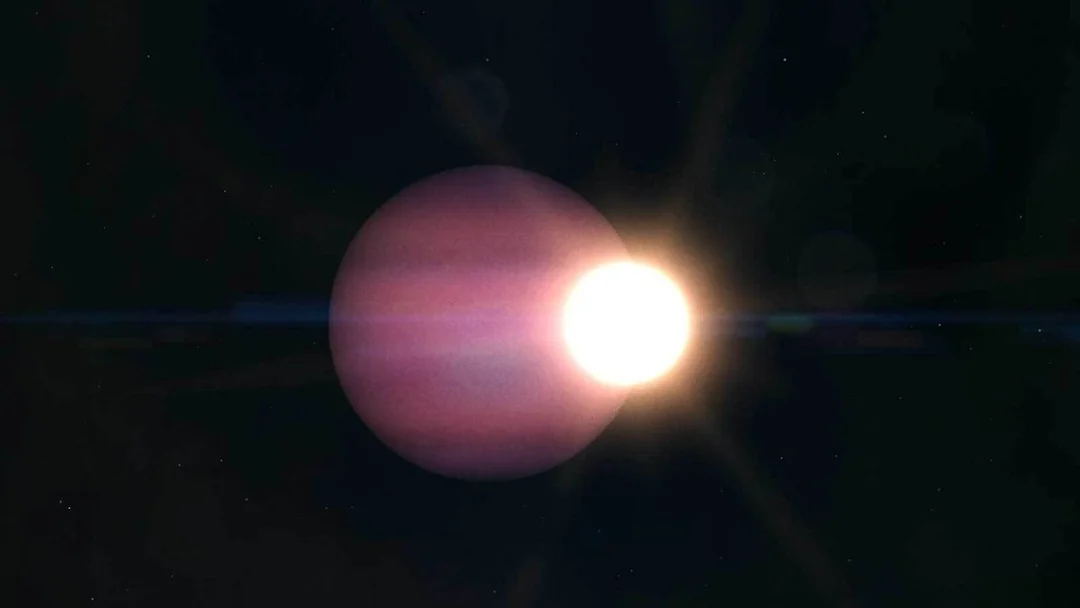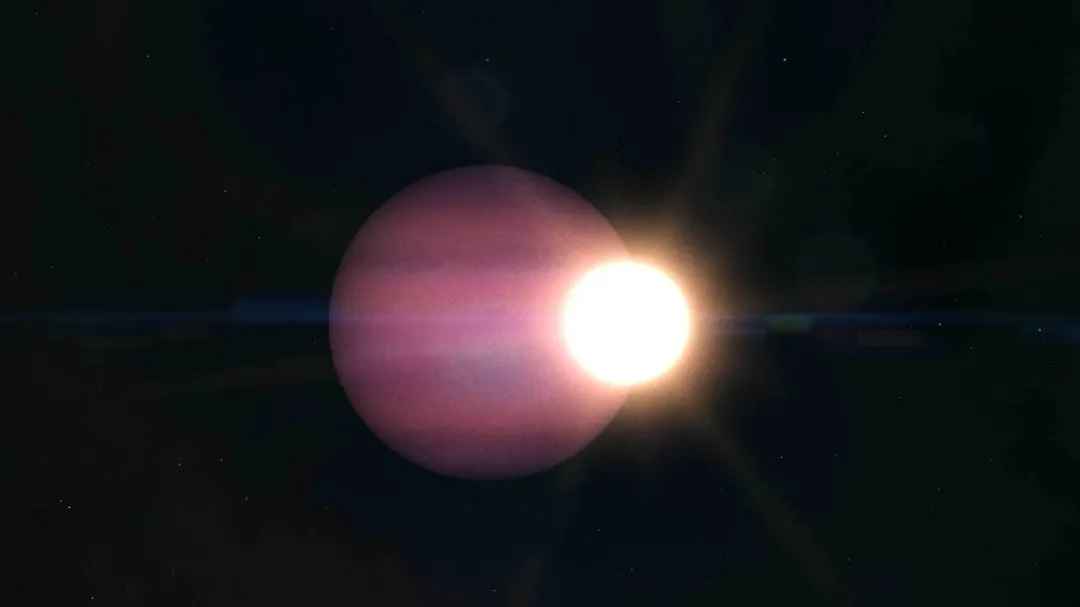
James Webb Telescope Spots Coldest Exoplanet Orbiting a Dead Star: A Glimpse into Solar System’s Future?
The James Webb Space Telescope (JWST) has achieved a groundbreaking feat, detecting the coldest exoplanet ever observed, named WD 1856+534 b. This Jupiter-sized gas giant isn't just cold; it's orbiting a white dwarf, the remnant of a dead star, challenging existing theories about planetary evolution and migration. This discovery, located approximately 80 light-years from Earth, offers unique insights into the potential fate of our own solar system.
A World in a Forbidden Zone
One of the most astonishing aspects of WD 1856+534 b is its location. It resides in the "forbidden zone," a region so close to a white dwarf that it should have been destroyed when the star expanded into a red giant. 
At a frigid -125 degrees Fahrenheit (-87 degrees Celsius), WD 1856+534 b shatters the previous record for the coldest exoplanet, paving the way for detailed atmospheric studies of gas giants in extreme conditions. The JWST's infrared capabilities allowed scientists to directly measure the planet's light, mass, and temperature, confirming its planetary status and providing new data on its atmospheric properties.
Implications for Our Solar System
This discovery offers a unique opportunity to contextualize our solar system within a broader galactic framework. Understanding how planets evolve around stars nearing the end of their life cycle can help refine models predicting the future of Earth and other planets as the Sun transitions into a red giant and ultimately, a white dwarf.
Future Observations and Research
Limbach and her team are planning a second JWST observation of the WD 1856+534 system in July. This follow-up data could reveal additional planets gravitationally bound to the star, potentially explaining how WD 1856+534 b migrated to its current orbit. They are also anticipating the release of data from JWST's Near-Infrared Spectronometer (NIRSpec) in Cycle 1, which will provide an initial characterization of the planet's atmosphere.

Looking Ahead
The findings from the JWST represent just the beginning of a new era in exoplanet research. As the telescope continues its mission, astronomers hope to detect even colder exoplanets, pushing the boundaries of our understanding of planetary formation and evolution. What other secrets are hidden in the vast expanse of space, and how will these discoveries reshape our understanding of the universe? What do you think? Leave your thoughts and comments below!